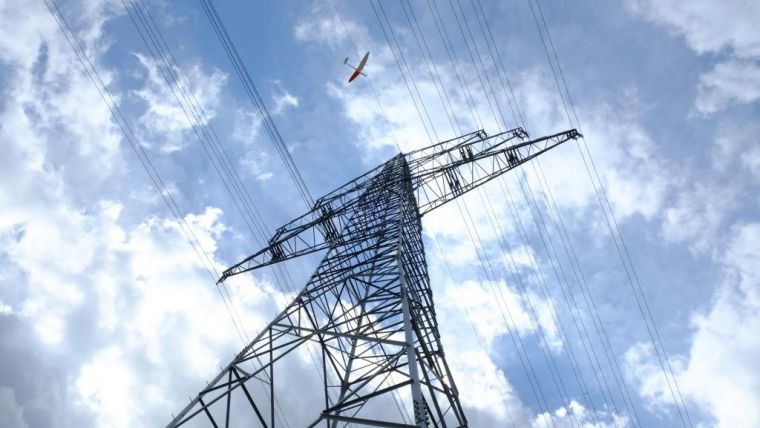Delair-Tech UAV Flies 50 Kilometres via 3G Cell Network
RTE and Delair-Tech have set a new distance record by flying a civilian UAV 30 miles (50 kilometres). The official purpose of the flight, which took place in France, was to inspect RTE’s power lines by remote camera as well as to record data for use in modelling RTE's European power grid.
Thanks to pioneering Beyond Visual Line Of Sight (BVLOS) technology, Delair-Tech UAVs are fit to travel long distances. With this 30-mile-long UAV flight, Delair-Tech continues to demonstrate its capacity for innovation in BVLOS UAV flights by adding a 3G communication network to guide the drone for the first time.
Regulatory framework
For this landmark flight, two pilots were used for take-off and two for the landing phase. The flight was on autopilot with the GPS data integration within the drone. To enable this experimental BVLOS 30 miles flight, the Directorate General of Civil Aviation (DGCA) granted the companies the right to use a specific flight corridor and defined a clear regulatory framework.
More flexible to use, the UAV offers a complementary solution to helicopter inspections for network maintenance conducted by the RTE. This first 50 kilometres flight illustrates the RTE’s commitment to constant innovation that contributes to electricity that is safer, cheaper, and more respectful of the environment, said Patrick Bortoli, director of maintenance RTE.
Most common method
Delair-Tech is delighted to partner with RTE, confirming that renowned industrial customers are committed to UAV solutions, said Michael de Lagarde, president and co-founder of Delair-Tech. In collaboration with RTE, it was the first time in France a 3G network to guide the drone, allowing real-time communication from any distance. This removes an important technological barrier. It is a first step toward making drones the most common method for inspections of infrastructure that stretches over large distances, such as power lines and pipelines. Drones offer enormous potential to deliver strong efficiency gains for our customers, de Lagarde added.
RTE has been experimenting with the use of UAVs in its operations since 2011. The company in 2016 began using them more extensively for shorter-range inspections of its electricity transmission network and its cable laying. RTE hopes to one day be using UAVs for longer-range missions, which could help reduce the cost, mitigate the danger of inspections on infrastructure that is remote and difficult to access, and avoid long interruptions to electricity service when maintenance must be done.

Value staying current with geomatics?
Stay on the map with our expertly curated newsletters.
We provide educational insights, industry updates, and inspiring stories to help you learn, grow, and reach your full potential in your field. Don't miss out - subscribe today and ensure you're always informed, educated, and inspired.
Choose your newsletter(s)












